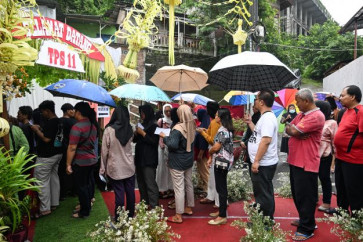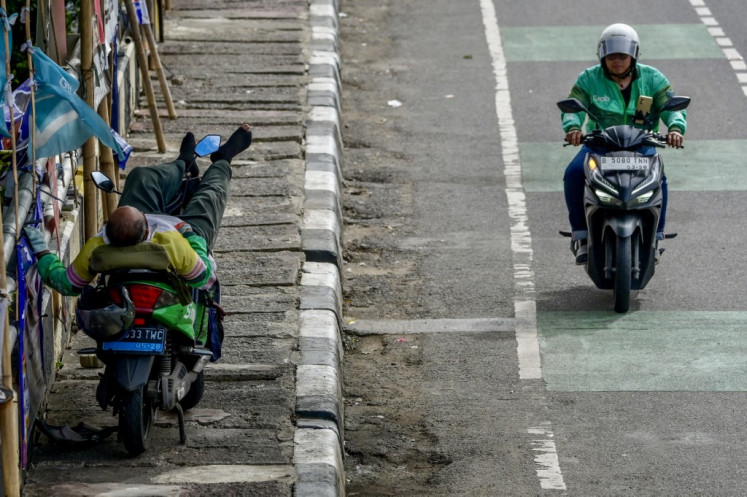Kalibukbuk Buddhist `candi', a token of ancient religious harmony
Rehabilition work on a historic Buddhist candi (temple or monument) in Kalibukbuk village, Buleleng, was finished Sunday as a high-ranking government official and a noted archaeologist both praised it as a landmark of religious tolerance
Change Size

R
ehabilition work on a historic Buddhist candi (temple or monument) in Kalibukbuk village, Buleleng, was finished Sunday as a high-ranking government official and a noted archaeologist both praised it as a landmark of religious tolerance.
"This is a very important lesson for us; the candi shows that the ancient period of our great nation was marked by cultural diversity and religious tolerance," said Hari Untoro Drajat, the Director General for Ancient History at the Ministry of Culture and Tourism.
On Sunday, he visited the candi to preside over a modest ceremony to mark the completion of the rehabilitation project.
Similar sentiments were also echoed by Prof. Dr. Nurhadi Magetsari, an archeologist at the University of Indonesia.
"The religious tolerance was so good then that Buddhist and Hindu temples were always built side by side."
The most well-known example, he said, is Prambanan and Sewu in Central Java. The first is a Hindu candi while the second is Buddhist.
"By nature, our nation is a nation of diversity, made up of different ethnic groups, languages and belief systems that were able to live side by side in harmony. Apparently, in the present time such abilities have significantly decreased."
Nurhadi stressed that the Buddhist candi in Kalibukbuk should not be treated solely as a treasured artifact for scientific research but also as a valuable symbol of religious tolerance.
The Kalibukbuk candi is believed to have been built between the 9th and 10th century, when Buddhism flourished in northern Bali. Scientific projects have been conducted on the candi since 1994 while rehabilitation works began in 2004.
Hari said the Kalibukbuk candi shared several similarities with the Buddhist stupa in Pegulingan, Gianyar. Both are octagonal in shape. Excavations in both sites yield similar stupikas (tiny hollow stupa made of clay). Each fist-sized stupika houses clay seals inscribed with Buddhist invocations.
"The rehabilitation project is an effort to preserve this sacred heritage in order to inspire future generations."









